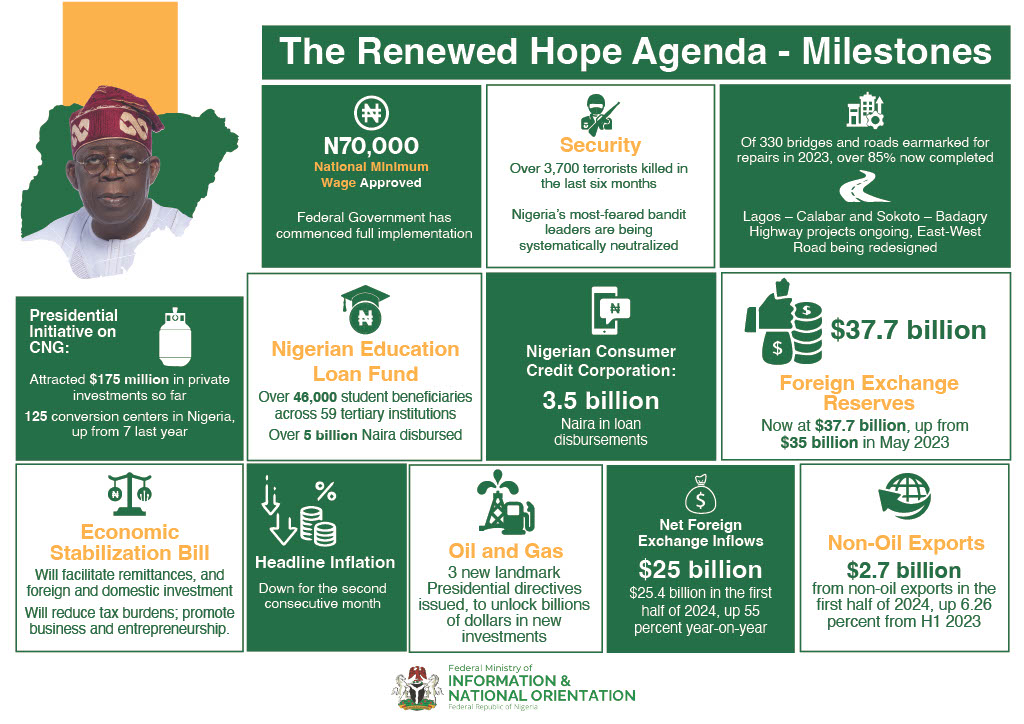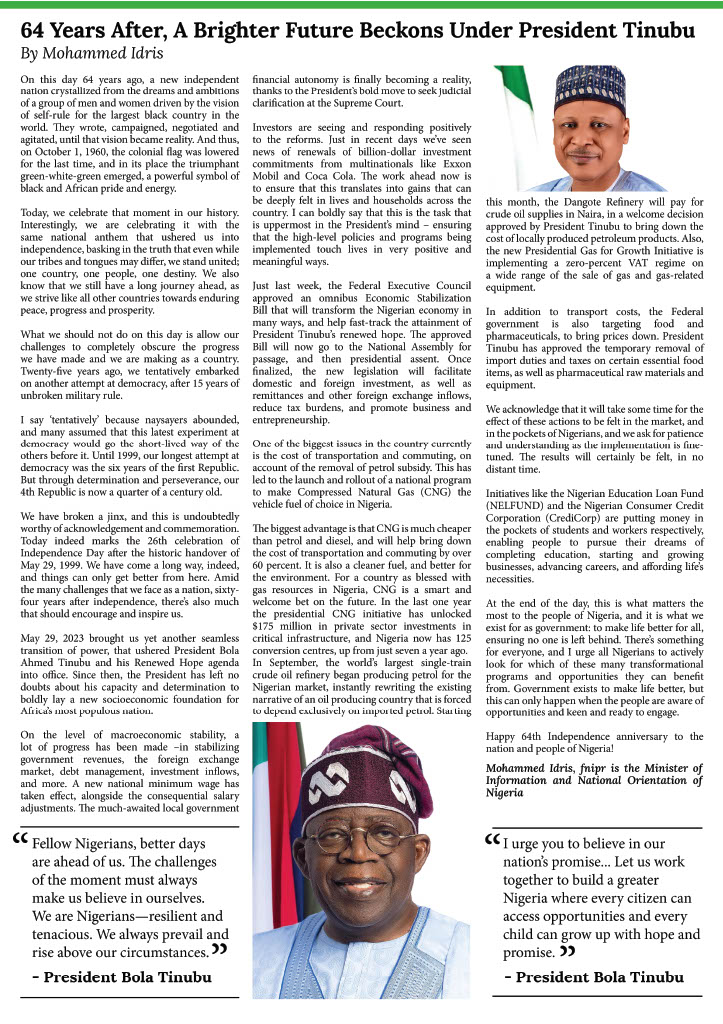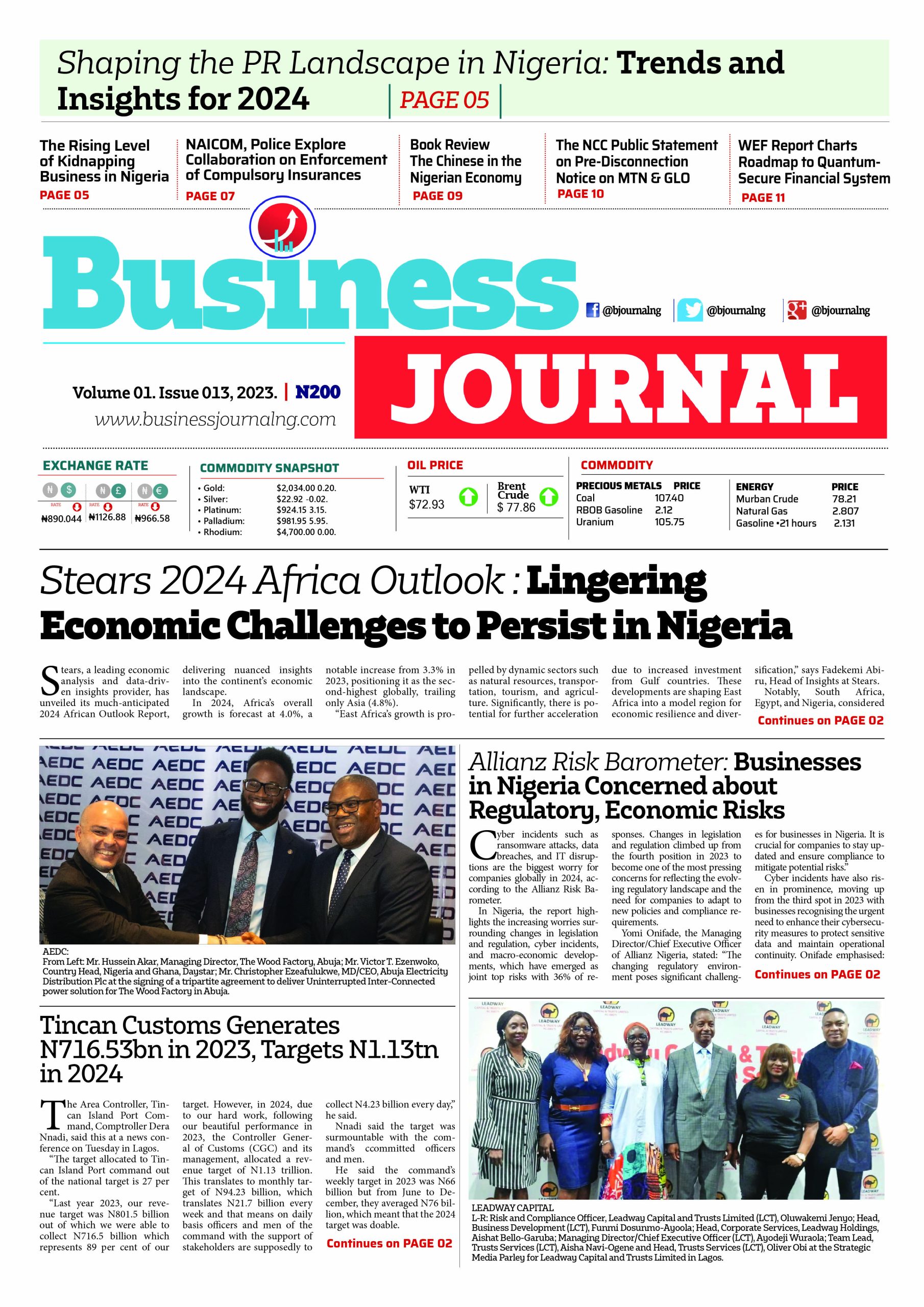Introduction
There is no universally accepted definition of financial inclusion (FI) and thus, each country has its unique way of interpreting financial inclusion depending upon the stage of its development. In Nigeria, CBN’s National Financial Inclusion Strategy (NFIS) launched in October 2012definedfinancial inclusion as being“ achieved when adult Nigerians have easy access to a broad range of formal financial services that meet their needs at affordable costs”. The overall target of NFIS is 80% financial inclusion (FI) for adult Nigerians by 2020.
For pension as a financial product, the NFIS targets 40% financial inclusion (FI) for adult Nigerians by 2020. However, the 2018 FI report by EFInA revealed that only 8% FI has been achieved inthe pension sector. Furthermore, the pension penetration rate (PPR), the ratio of pension assets to GDP, is 6.69% in 2018.
The micro-pension plan launched in March 2019 is expected to cater for the informal sector workers thereby achieving the pension industry’s strategic objective of covering 30% of the working population in Nigeria by 2024. Thus, this paper critically examines the opportunities and challenges in implementation of the regulatory Guidelines for Micro-pension Plan designed by PENCOM to achieve the industry’s objectives.
Micro-pension Plan (MPP) as Financial Inclusion (FI) Tool
Section 1.2 of micro-pension guidelines defines “micro-pension plan as an arrangement for the provision of pensions to the self-employed and persons operating in the informal sector”.
Opportunities in Micro-pension Plan (MPP)
Measures to encourage participation in MPP

(Actuarial Scientist and Chartered Insurer)
The following measures would encourage a high proportion of the population of informal sector to participate in MPP:
- Flexibility of contributions encourages contribution of small but frequent amounts resulting in high transaction costs and low benefit payouts.“Micro-pension Contributors may make contributions daily, weekly, monthly or as may be convenient to them provided that contributions will be made in any given year”, Section 6.3 (a) of MP Guidelines.
- Allowing for withdrawals before retirement creates incentives. The MP Contributor may withdraw the total balance of the contingent portion of his/her RSA including all accrued investment income thereto, making the first withdrawal 3 months after the initial contribution and subsequent withdrawals once in a week from the balance of the contingent portion of the RSA, section 6.5.2 (i) – (iii) of MP Guidelines.
- Develop vesting policies suitable for retirees.“The Micro-pension (MP) Contributor shall be eligible to access pensions upon retirement and attaining the age of 50 years or on health grounds..”, section 6.5.3(i) of MP Guidelines.
- The Government sponsored empowerment programmes should support and/or encourage participants to save for their old age through the Thus, PENCOM needs to liaise with Government Agencies with modalities to ensure that MPP would help maintain the long term sustainability of benefits of the programmes for the participants.
- The MP contributor is eligible to convert from MPP to Mandatory Contribution if he secures employment in an organization with three (3) or more employees, section 6.6.1(a) of MP Guidelines. However, can all such eligible MP contributors and their employers afford the mandatory contribution rates?
Prevention of old age poverty
People living in the informal sector have an increased risk of old age poverty and they will need more self-support because the traditional family structures no longer prevail. MPP would therefore create the culture of long term savings to secure financial future towards the prevention of old age poverty.
Impact on nation’s economy
There is no doubt that significant participation in MPP would make the long term investment funds in the private sector available to the government for critical infrastructure development(e.g. infrastructure bonds), diversification of the economy and contributing to the country’s GDP, thereby increasing the pension penetration ratio.
Unique selling proposition (USP)
The entitlement to guaranteed minimum pension (GMP)for Micro-pension (MP) Contributors, see Section 6.5.3 (ix) of MP Guidelines, will create a unique selling proposition (i.e. marketing message) for the PFAs which is likely to increase the number of MP contributors significantly, as they would like to benefit from GMP(a social safety net to enhance decent standard of living in retirement).
On the other hand, the criteria for disqualification from GMP, see section 6.5.3 (x) of MP Guidelines, may not necessarily deter the uptake of the MPP provided the USP is marketed effectively by the PFAs. However, the non-implementation of GMP by PENCOM since the inception of CPS is a major concern likely to affect sales.
Possible Challenges of Micro-pension Plan (MPP)
Alternative ways of meetings retirement needs
One of the major challenges to MPP is that potential MP contributors may already have other ways of meeting their retirement needs:
- Self-employed (e.g. women) accumulate small amounts until they buy gold, land and property that they use as collateral for loans or resell them when the need for cash arises.
- The culture of reliance on children for old age support is rampant in developing country. However, this has gradually broken down because of economic hardships.
- Employees in the informal sector may have other investments generating income over the long term (e.g. dividends).
Consumer education and awareness
There is possible low uptake of MPP because of its voluntary nature, current low public awareness and negative perceptions (lack of confidence) about pension products and fund management resulting in low pension benefits payable(e.g. reasons for payment of enhanced pensions).
There is an urgent need for public enlightenment and sensitization on the immense benefits of MPP by both the PFAs and PENCOM. The impact of the above on micro-pension contributors’ appetite for savings will be adversely affected by the prevailing socio-economic conditions in the country.
Thus, the marketing should focus on financial education of old age risks and the distribution model should be very efficient and trustworthy, different from the approach adopted for the mandatory CPS. There is no doubt that the 40% contingent withdrawal option is a good incentive to attract and retain MPP contributors.
Administration
The implementation of MPP requires a high capital investment in IT infrastructure that is supportive of mass registration, contribution collection and database/fund management. In fact, the time limit for IT deployment by PFAs to meet the expected increase in MP contributors in the short term may be a concern.
There isa high tendency for MP contributors to operate RSA as bank savings account due to over flexibility of the contingent withdrawal option, leading to administrative hassle (i.e. high processing time and administrative costs) for the PFAs.To avoid or reduce the administrative hassle, MP contributors should complete a monthly income and expenditure plannerat registration as a guide to how much they can conveniently safe in a month.
Reputational risks
The entitlement to guaranteed minimum pension (GMP) is likely to create a high expectation for all potential MP contributors, as they hope to benefit from GMP at retirement even if their RSA balances will be too low to qualify for GMP, as in section 6.5.3 (x) of MP Guidelines. The above will lead to a reputational risk for the entire pension industry as MP retirees will be aggrieved when their expectations are not met due to frequent use of contingent withdrawal option prior to retirement age.
Strain on pension protection fund (PPF)
There is a possibility of strain on PPF being established to fund the GMP, required by section 82 of PRA 2014, because of the significant number of retirees likely to qualify for GMP than expected due to conversion from MPP to mandatory contribution option available. This may result in additional levy being imposed on both PFAs and the regulator.
Regulation
The regulation for MPP needs to be simple with less documentation. Adequate periodic reviews and monitoring the effective implementation of the MPP will be required. The implementation of GMP will also help to bring confidence in the CPS.
Conclusion
Without MP savings for old age within the informal sector (low-income socio-economic groups)may be quickly lost due to the impact of risk of old age poverty facing them.









